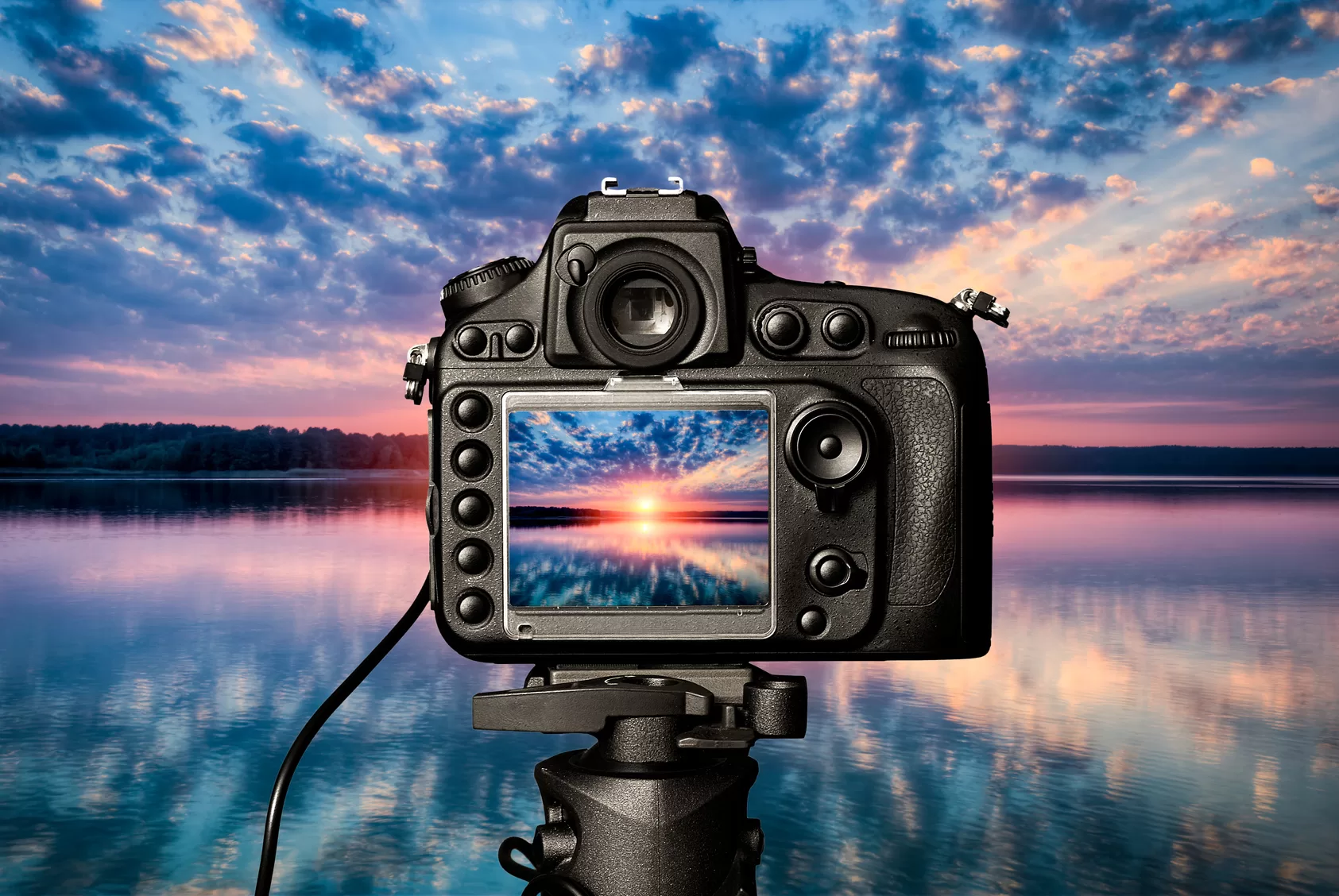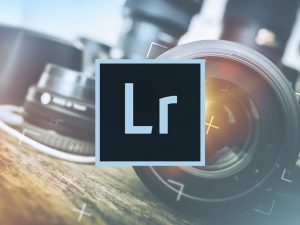Modules
Unit 1: Introduction to Photography
Understand the professional settings
Setting your dioptre
Adjusting your burst mode
Adjusting your white balance settings
Metering settings
Exposure compensation mode
What is histogram and how to use it
How you camera is focusing
Adjusting the focal points
Setting your file capture
Raw & jpeg explained in detail
Using bracketing to enhance your photo’s
Types of cameras
Multi exposures
Setting colour and tone
Sharpness settings
ISO explained
Camera bags and cases
Tripod options and squeeze grips
Different types of Flashes
How to choose a good camera
Types of lenses
Unit 2: Understanding Exposure
Manual settings
ISO settings
Pixels
F-Stops
Camera Speed
White balance
Putting the settings into practise
Understanding aperture
Settings for different camera makes
Unit 3: Landscape Photography
Equipment
Proper planning
How to capture the best shots
Ideas for your shots
Picking the best scenery
Technical settings
What makes a good landscape photo
Unit 4: Night Photography
Equipment
Settings
different types of shoots
Tips and tricks
Unit 5: Travel Photography
Planning
Equipment
Types of shoots
Tips and techniques
Unit 6: Cruise Ship Photography
Travel Tips
Types of lenses
Photos with different lenses
How to get interesting photos
Settings to get the best shoots
Unit 7: Part A Studio Photography
Setting up your studio
Equipment
Studio shoots
Unit 7: Part B Professional Studio
Visit to award winning David Oliver’s studio
Unit 8: Fine Art Photography
How to see great shots
Setting up
Techniques and settings
Unit 9: Portrait Photography
Planning your shoots
Techniques
Pro settings
Tips and tricks
Types of portraits
Black & white
Unit 10: SLR Video Photography
How to use your SLR camera to shoot a movie
High Definition Video
What a short film being shot
Unit 11: Aerial Photography
Helicopter shoot
Equipment required
Types of lenses
How to get the best shoots
Use of a helicam
Photos with different lenses
How to get interesting photos
Settings to get the best shoots
Unit 12: Fashion Shoot
Importance of research and resources
Location and logistics
Borrow what you need
Get your team together
Importance of planning
Organisation of photography gear
Stick to schedule
Model release
Shooting in raw
Portfolio of your work
Best tips
Unlimited lifetime access
Access anywhere, any time
Fast effective training, written and designed by industry experts
Track your progress with our Learning Management System
Unlimited support
Save money, time and travel costs
Learn at your own pace and leisure
Easier to retain knowledge and revise topics than traditional methods
Exam preparation quizzes, tests and mock exams to ensure that you are 100% ready





